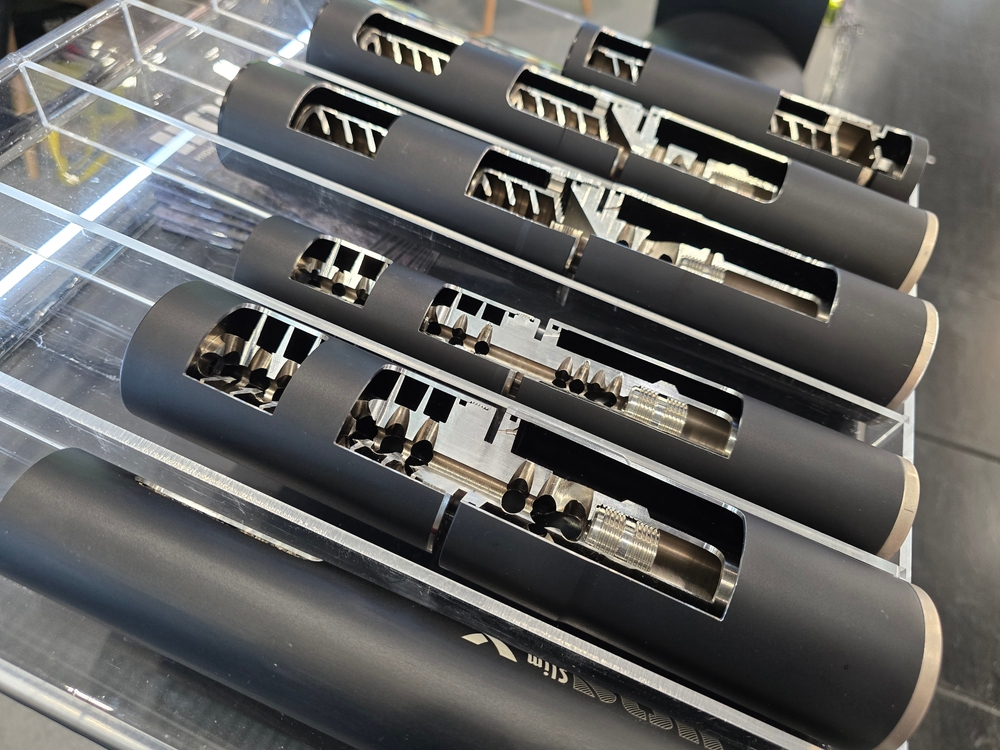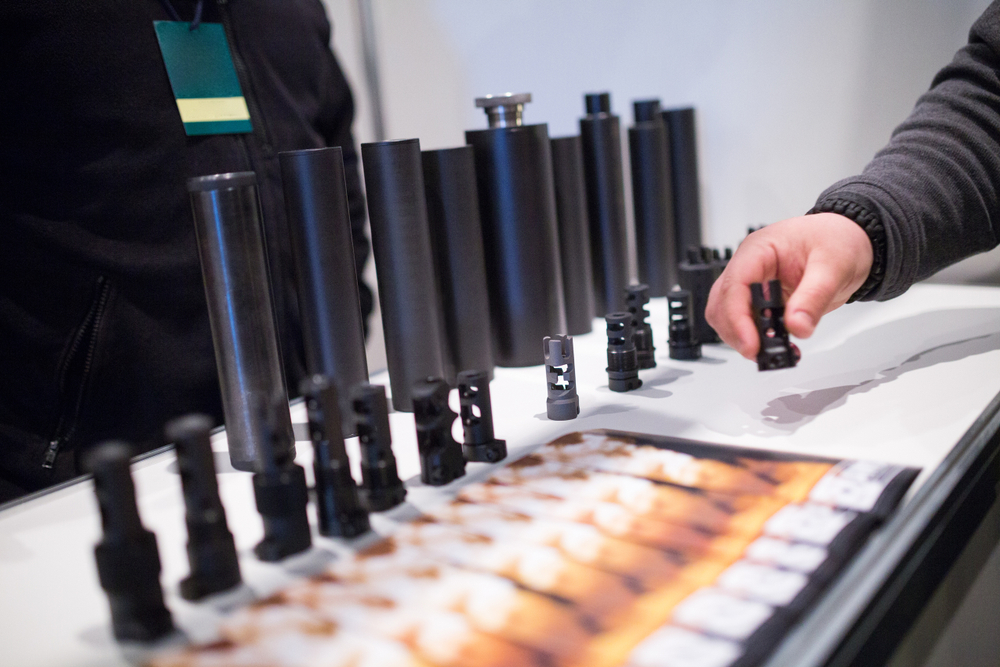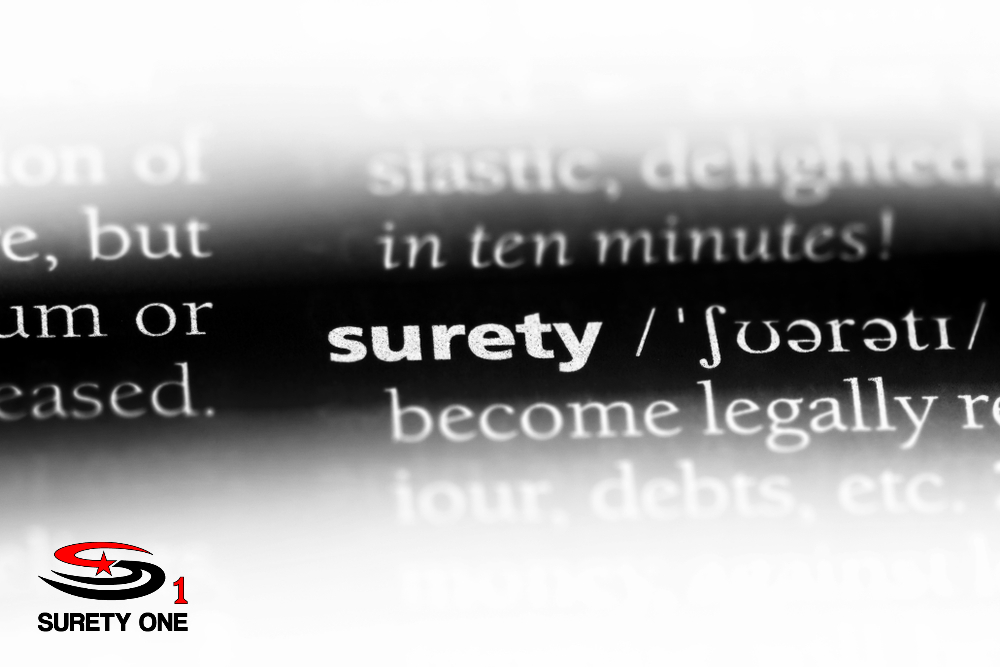An injunction is a powerful judicial remedy that can significantly impact the rights and conduct of parties during litigation. The injunction bond mechanism is a critical component of the equitable relief process, providing special financial assurance to enjoined parties in the event that an injunction is later found to have been improvidently granted. I am going to explore the legal foundation and application of injunction bonds here, with a brief comparative analysis of relevant statutes and practices in the federal judiciary and in the states of California, Illinois, and North Carolina. Of course, each state has its own statutory regime with regards to the injunction bond so I do not mean this an exhaustive comparison paper but rather a look at some of the venues in which MANY of these bonds are issued and where significant precedent also exists. I am going to assess some similarities and divergences in statutory language, judicial interpretation, and procedural application, highlighting implications for litigants, courts, and surety companies.
- Introduction
Injunctions are a core component of equitable remedies in U.S. jurisprudence, designed to maintain the status quo or prevent irreparable harm pending final adjudication. However, due to their potentially disruptive nature, courts often condition the granting of injunctions on the posting of a bond, known as an “injunction bond” or “undertaking.”
This bond acts as a financial guarantee for the enjoined party, allowing for compensation should the injunction later be deemed wrongful. This mechanism plays an essential role in balancing the interests of justice and preventing abuse of equitable relief. Federal and state jurisdictions have adopted varying statutory and procedural frameworks for injunction bonds, reflecting differing policy considerations and judicial philosophies.
- The Federal Injunction Bond Statute and Rule
In federal court, injunction bonds are governed by Federal Rule of Civil Procedure 65(c), which provides:
“The court may issue a preliminary injunction or a temporary restraining order only if the movant gives security in an amount that the court considers proper to pay the costs and damages sustained by any party found to have been wrongfully enjoined or restrained.”
This rule leaves the determination of the bond amount to the discretion of the court, though the requirement itself is mandatory unless waived in exceptional circumstances. The purpose of Rule 65(c) is to ensure that the enjoined party can recover damages if it is ultimately found that the injunction should not have been issued. The bond therefore functions as a limitation of liability; damages for wrongful injunction are typically recoverable only up to the amount of the bond. (See Grupo Mexicano de Desarrollo, S.A. v. Alliance Bond Fund, Inc., 527 U.S. 308 (1999)).
Courts have discretion to set bond amounts, and appellate review typically defers to the district court’s findings unless they constitute an abuse of discretion. In Apple Inc. v. Samsung Electronics Co., the Northern District of California required Apple to post a $95.6 million bond for a preliminary injunction, exemplifying the high stakes involved.
- California’s Injunction Bond Statute
California’s statutory scheme for injunction bonds is codified in California Code of Civil Procedure §§ 529-532. Section 529 requires that:
“On granting an injunction, the court or judge must require an undertaking on the part of the applicant, with or without sureties, in such sum as the court or judge may direct…”
The statute provides that the bond secures payment of damages to the restrained party if the court determines that the injunction was wrongfully issued. Like the federal rule, the California statute makes the bond a condition precedent for the issuance of a preliminary injunction, but it gives broader leeway regarding surety requirements.
A key feature of California law is the specificity with which it permits recovery against the bond, including attorney’s fees and consequential damages, provided the injunction was wrongful. Section 534 also permits the court to stay an injunction if the bond is insufficient or improperly executed.
California courts have also interpreted the statute to permit claims beyond the bond under certain equitable theories, though this remains controversial. In White v. Davis, 30 Cal.4th 528 (2003), the California Supreme Court permitted claims for wrongful injunction damages against the state, though immunities were implicated.
- Illinois’ Injunction Bond Statute
In Illinois, injunction bond requirements are governed by 735 ILCS 5/11-103 (Code of Civil Procedure), which states:
“No preliminary injunction or temporary restraining order shall issue except upon the giving of security by the applicant, in such sum as the court deems proper, for the payment of such costs and damages as may be incurred or suffered by any party who is found to have been wrongfully enjoined or restrained…”
Illinois courts take a relatively strict view of the bond requirement. Failure to post the bond can invalidate the injunction, and recovery under the bond is typically limited to the face amount unless the bond was obtained fraudulently.
An important Illinois precedent is In re Marriage of Newton, 2011 IL App (1st) 090683, in which the appellate court held that damages must be clearly proven and directly linked to the issuance of the injunction. Illinois law permits a surety or surety company to act as the bond provider, but the bond must be posted contemporaneously with the injunction order.
Unlike federal courts, Illinois courts are somewhat more rigid in demanding adherence to the statutory bond requirement, reflecting a more conservative approach to judicial equitable discretion.
- North Carolina’s Injunction Bond Statute
North Carolina governs injunction bonds under North Carolina General Statutes § 1A-1, Rule 65(c) and G.S. § 1-485 et seq., which are modeled closely after the Federal Rules but include state-specific nuances. G.S. § 1-485 mandates that:
“No restraining order shall be granted until the party applying therefor shall give an undertaking, with sufficient surety, to be approved by the court…”
The bond must be sufficient to cover damages in case the injunction is later found to be unwarranted. North Carolina courts have generally required the bond unless the enjoined party waives it or the case falls under an exception, such as actions involving indigent plaintiffs or public interest litigation.
Notably, North Carolina’s statute explicitly refers to the bond as an “undertaking,” and courts have interpreted this term to impose fiduciary-like obligations on sureties and parties who benefit from the bond. In A.E.P. Industries, Inc. v. McClure, 301 N.C. 393 (1980), the North Carolina Supreme Court held that a bond must be strictly construed and enforced against the principal according to its terms.
North Carolina’s approach is relatively formalistic and consistent with a broader tradition of procedural adherence, requiring parties to observe both substantive and procedural obligations closely when seeking injunctive relief.
- Comparative Analysis
6.1. Discretion and Mandates
All four jurisdictions require the posting of a bond before granting preliminary injunctive relief. However, the discretion afforded to the courts varies. The federal rule and North Carolina statutes give courts some discretion in setting the amount but make the bond mandatory unless waived. California and Illinois statutes require bonds but allow more flexibility in determining their terms and execution.
6.2. Recoverable Damages
All jurisdictions recognize damages for wrongful injunctions, but the scope of those damages varies. Federal courts and Illinois limit recovery strictly to the bond amount, while California and North Carolina permit broader interpretations in exceptional cases. California is most liberal in permitting consequential damages and attorney’s fees. I have to insert a word of caution here about “social inflation”. While sureties would like to assume that their obligations will be strictly limited to the bond penalties that appear thereon, several courts have obviated those limits by order. (See more on my piece about social inflation here).
6.3. Procedural Formality
Illinois and North Carolina reflect a more formalistic approach to procedural compliance, emphasizing the importance of contemporaneous bond issuance and strict adherence to statutory language. California courts take a more equitable approach, occasionally allowing exceptions in the interest of justice.
6.4. Suretyship Requirements
Each jurisdiction allows for individual or corporate sureties, though the standards of sufficiency differ. North Carolina requires court approval of sureties explicitly, and California allows for bonds without sureties in certain circumstances. Federal courts typically rely on standard commercial surety practices unless otherwise directed however, ALL obligations issued in federal matters must be executed by surety companies that appear on the current U.S. Treasury Circular of acceptable obligors.
- Policy Considerations and Implications
The injunction bond serves dual purposes: deterring frivolous or speculative injunction requests and protecting defendants from losses due to improper restraints. However, these goals must be balanced against the public interest in granting relief in meritorious cases. Too high a bond requirement may chill legitimate claims, particularly from plaintiffs with limited financial resources. Too low a requirement may fail to protect enjoined parties adequately. Courts must therefore exercise nuanced judgment, particularly when balancing private interests with the public good, such as in environmental or civil rights litigation.
Additionally, the role of sureties in these mechanisms cannot be overstated. Surety providers bear the risk of paying damages and must evaluate the principal’s credibility and the likelihood of adverse judicial findings. As such, injunction bonds serve not only as legal instruments but also as financial ones, where actuarial and underwriting considerations intersect with procedural justice.
The injunction bond mechanism is an essential tool in U.S. civil litigation, providing a structured method to compensate for harm caused by provisional judicial remedies. While the federal system and the states of California, Illinois, and North Carolina all mandate bonds before issuing injunctions, they differ meaningfully in the scope of discretion, permissible damages, and procedural rigidity.
Legal practitioners must understand these distinctions to navigate injunctive relief effectively. Future review of the injunction remedy and the surety bonds that secure them should explore empirical data on injunction bond outcomes, judicial trends in bond-setting, and the evolving role of sureties in civil litigation to better inform both the judiciary and the bar.
~ C. Constantin Poindexter, MA, JD, CPCU, ASLI, ARe, AFSB
References
735 Ill. Comp. Stat. 5/11-103 (Illinois Code of Civil Procedure).
A.E.P. Industries, Inc. v. McClure, 301 N.C. 393, 271 S.E.2d 226 (1980).
Apple Inc. v. Samsung Electronics Co., No. 12-CV-00630, 877 F. Supp. 2d 838 (N.D. Cal. 2012).
Cal. Civ. Proc. Code §§ 529–534.
Fed. R. Civ. P. 65(c).
Grupo Mexicano de Desarrollo, S.A. v. Alliance Bond Fund, Inc., 527 U.S. 308 (1999).
In re Marriage of Newton, 2011 IL App (1st) 090683.
N.C. Gen. Stat. § 1-485.
White v. Davis, 30 Cal. 4th 528, 68 P.3d 74 (2003).










